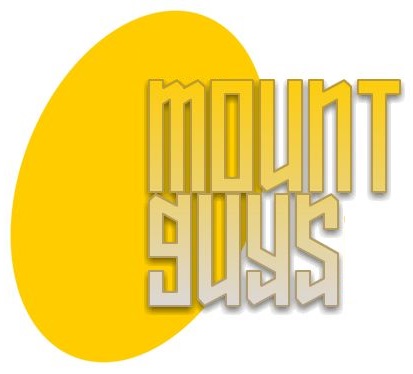 Readers of this site know how fond I am of Waze. A very popular competitor to Waze is Google Maps. Ironically Google is not only the owner of Google Maps but they also own Waze thanks to a large purchase completed in 2013. The $1.3 billion purchase made a small bunch of employees millionaires overnight at the Israeli company. Let’s do a Waze versus Google Maps comparison.
Readers of this site know how fond I am of Waze. A very popular competitor to Waze is Google Maps. Ironically Google is not only the owner of Google Maps but they also own Waze thanks to a large purchase completed in 2013. The $1.3 billion purchase made a small bunch of employees millionaires overnight at the Israeli company. Let’s do a Waze versus Google Maps comparison.
On the surface, you might wonder why Google would invest over $1 billion on a product that is so similar to one they already have. Both applications are in the GPS category, gives driving directions and has some traffic abilities built-in. However when you use both extensively, it becomes clear why the purchase was made. We take a comparison look at how the applications stack up on some key features.
Cost – both applications are absolutely free. While Waze supports itself by showing advertising when you stop at a red light, I have not seen the same come up with Google Maps. I suspect that one day Google will also monetize Google Maps the same way that Waze does. Advantage: Tie
Driving Directions – both applications use real-time traffic integration from sources such as Intrix and monitoring their drivers in real-time. However, Waze has this whole social aspect that Google Maps does not. For example, if Waze thinks you have been stopped in the middle of Interstate 80 too long, it will ask if you are in a traffic jam. Waze also has reporting features that Google Maps does not so that you can report situations such as road work or even roadkill in the middle of the road. This all results in the most optimal route based upon real-time events. Waze versus Google Maps Winner: Waze
Maps – The accuracy of maps seems excellent in my experience. I live in Northern New Jersey, as does millions of other people. I suspect this may result in a more accurate mapping experience than if I lived in a more remote part of the world so your mileage may vary here. I do find that Google Maps offers different views of the map including a topological scene that is unique. I’m not crazy about it when driving but it is a nice option that some may find appealing. Additionally, Google Maps provides routes based upon your mode of transport. For example, if you are walking instead of driving, Google Maps will optimize your route and change the arrival time based upon the speed of an average walker. Waze versus Google Maps Winner: Google Maps
Traffic – Both applications integrate traffic reporting services, but as previously mentioned, Waze’s social aspect trumps Google Maps and as a result has more timely and accurate traffic reporting. Waze versus Google Maps Winner: Waze
Usability – Google Maps has a more straight forward interface than Waze. It took me a while to get accustomed to the Waze interface and I still find myself pushing buttons that interfere with the map experience. Now one may argue that the more sophisticated the applications, the more time it takes to learn to use and potentially the more complicated which I agree with. However, if you are just looking for a simply to use driving application, Google Maps is the easier to use. Waze versus Google Maps Winner: Google Maps
Both Google Maps and Waze have some real strong points and no major weaknesses. The above reflects my own personal opinion, you might have different experiences. You will need to base your decision on your own personal needs. If you just need a basic GPS application that support driving as well as walking, Google Maps might be the way to go. On the other hand if you (like me) prefer a lot of bells and whistles including a social aspect, Waze is the better choice.
If you would like to read a good article on phone mounts for cars which makes using these applications more enjoyable, you can view our article here.
